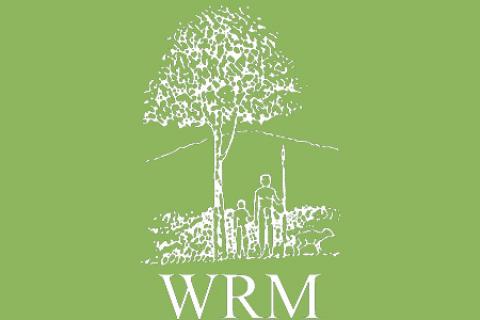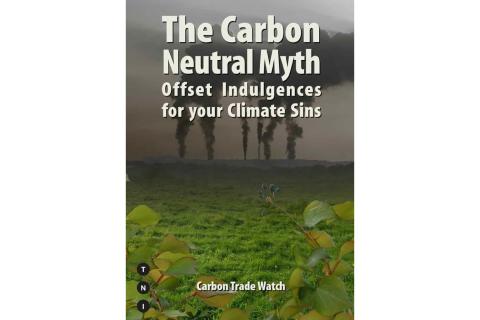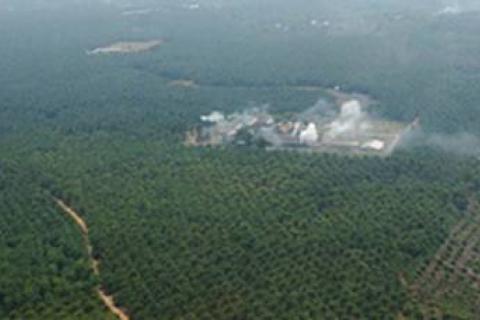The Veracel pulp mill is located in the south of the Brazilian state of Bahia, some 45 kilometres from the coast, on the border between the municipalities of Eunapolis and Belmonte. Veracel is a corporation in which the Swedish-Finnish group Stora Enso and the Brazilian Aracruz group have equal shares, today managing one of the world’s largest eucalyptus plantation and industrialization projects.
Other information
According to the FAO definition, rubber plantations are “forests.” Recently we visited one of these “forests” in Kribi, Cameroon and talked with the workers and local population. Unlike the FAO “experts,” nobody, absolutely nobody there perceives these plantations as forests.
Indian NGO Samata and the UK's Forest Peoples Programme have found that the resettlement action plan (RAP) of the World Bank-funded Andhra Pradesh Community Forest Management Project (APCFMP) undermines customary rights and livelihoods and is in multiple breach of Bank safeguard policies on Indigenous Peoples and Involuntary Resettlement.
Kenyan winner of the 2004 Nobel Peace Prize, and also Deputy Minister for the Environment and Natural Resources and Member of Parliament, Wangari Maathai, launched in 1977 the Green Belt Movement, which spread from Kenya across Africa.
For decades, the presence of communist insurgents kept Malaysia’s northern frontier free from exploitation. Too dangerous to open up for tourism or development, the Belum-Temenggor forest stood in pristine splendour as the nation built superhighways and superstructures, and extracted timber from other forests.
Vietnam's paper industry is booming. In 1995, paper production stood at 220,000 tonnes. In 2007, the Vietnam Paper Association aims to produce more than one million tonnes of paper. Demand far exceeds supply and in 2006, Vietnam imported 709,000 tonnes of paper products. A large proportion of paper produced is for packaging - a result of Vietnam's expanding export economy.
The notion of High Conservation Value Forest was originally developed as a key principle within the revised standard of the Forest Stewardship Council issued in 1999. However guidance on how such forests should be identified was scarce and not well consolidated. In 2002, the conservation organisation WWF and the retail company IKEA, as part of a three-year cooperative programme, decided to fund a small project to develop guidance on how HCVF should be defined, identified and managed.
Open letter to the European Parliament, the European Commission, the governments and citizens of the European Union
Sawit Watch. Bogor, 26 January 2007
“During our time together, we heard directly from local community representatives from twelve provinces in Cambodia and also from other countries in the region about how their lives, livelihoods and environments are affected by large plantations in their respective areas.”
Peru is one of the few South American countries where large scale monoculture tree plantations have not yet been introduced; however the government is seeking to promote their expansion. In fact the country already has a “2005-2024 National Reforestation Plan” [National Plan] and also a “Law for the promotion of private investment in afforestation and/or reforestation” [Forestation Law], the basic tools to make tree plantations justifiable and feasible.
Today [December 12], hundreds of indigenous people from the seven Tupinikim and Guarani communities in the state of Espirito Santo, Brazil, occupied the harbor Portocel, from where the cellulose of the company Aracruz Celulose is being exported to Europe, the USA and Asia.


